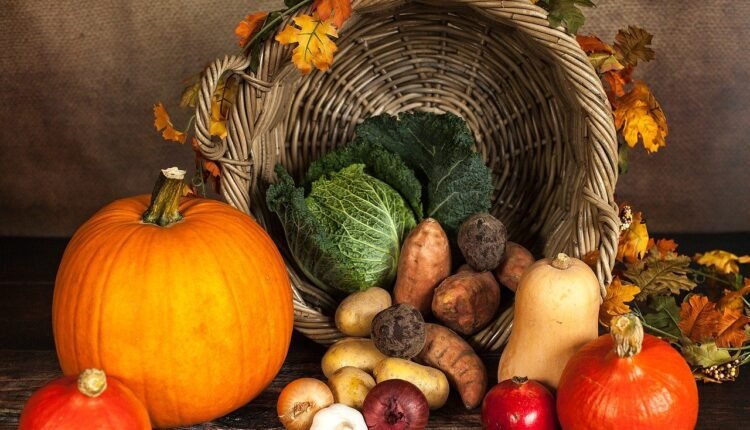Here are some pointers on how to pull vegetable seeds out of the pods.
Do you want to retain vegetable seeds to grow them the following year? Here’s our seed-saving guide for those who are just getting started. In this tutorial, you’ll learn how to harvest and conserve seeds from some of your favorite garden veggies such as beans, peppers, tomatoes, and others. It is enjoyable for many gardeners to use seeds from their own plants because it allows them to reconnect with the earth’s natural cycles. It also helps to maintain heirloom types and increase genetic diversity.
Some crops are easier to save than others, and some crops are more difficult to save. Starting with veggies such as peas, beans, lettuce, and tomatoes is a good place to start if you are a novice gardener. In addition, here are a few pointers:
Open Pollinated Type
First and foremost, let’s get this over with. It is best to conserve seeds from “open-pollinated” types, as this ensures that the seeds generated this year will result in the same plants as those produced in subsequent years.
Keep in mind that some crops can cross-pollinate with one another if they are planted too close to one another. In order to save seeds, it is preferable if the variety of seed you are saving is not intermixed with other varieties before being saved. It is critical to understand when a seed has reached complete maturity. It is NOT always the case that the seeds are harvested for consumption. For information on which vegetable seeds to conserve, please check our recommendations.
Seeds Coated With Gel
Tomatoes and cucumbers have seeds that are coated with a gel, the first step is to remove the gel by fermenting the seeds. However, because the process is unpleasant to smell, it should not be carried out in an enclosed space in the house. Take the following steps:
- Squeeze or spoon the seed pile into a container that is watertight (glass, jar, plastic cup, or deli container).
- Using a measuring cup, fill the container halfway with water to equal the volume of the seed mass. Place the container in a warm location away from direct sunshine.
- At the very least, stir the contents once a day.
- Over the course of a few days, viable seeds will sink to the bottom of the pond, while rotten seeds, detritus, and white mould will float to the surface.
- Wait five days for all of the good seeds to fall to the ground, then rinse away the gunk from the top of the pile.
- Wash the seeds several times in clean water and spread them out on a glass or plastic plate or screen in a single layer.
- Maintain a warm environment until the seeds are completely dry, which may take several weeks to accomplish.
VEGETABLES AND BEANS
Pluck the brown beans from the plants and separate the seeds, which will need to air dry for around six weeks after that. One method is to place them in loosely woven containers and toss them once a day to ensure even distribution of nutrients.
For legumes that are mature but not yet dry, pick the vines up by the roots and hang them upside down in a warm spot, such as your basement or barn, if frost or other adverse weather threatens them. The pods will continue to draw energy from the plants for a few more days, which will boost the viability of the seeds.


